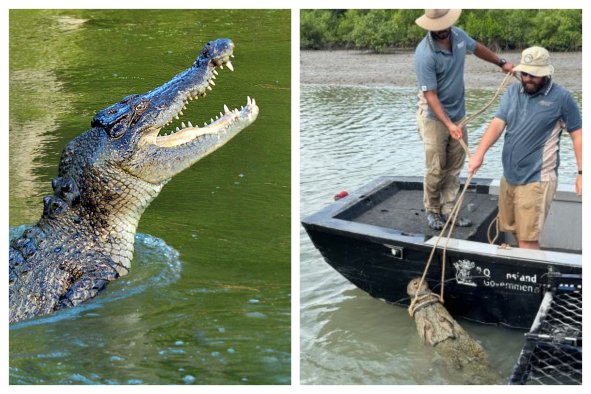A bizarre planet that is enormous, but is no more dense than cotton candy, has been discovered by astronomers.
This planet, named WASP-193b, is the second-least dense exoplanet ever found, with a density of around 0.059 grams per cubic centimeter, or 3.68 pounds per cubic foot, according to a new paper in the journal Nature Astronomy.
This makes it about 7 times less dense than our neighboring planet Jupiter, despite being 50 percent larger in size, and about 1 percent the density of our own planet.
"The planet is so light that it's difficult to think of an analogous, solid-state material," study co-author Julien de Wit, a professor at the Massachusetts Institute of Technology, said in a statement. "The reason why it's close to cotton candy is because both are pretty much air. The planet is basically super fluffy."
WASP-193b is situated around 1,181 light-years away from Earth, and was first spotted in 2023 by the Wide Angle Search for Planets (WASP) scientific collaboration project, using several observatories across both hemispheres. The astronomers spotted that the star WASP-193 showed periodic dips in brightness, indicating that a planet may be passing across its surface.
Using this data, the researchers determined that WASP-193b is a gas giant exoplanet that orbits its star—which is similar in size to our sun—once every 6.2 days, and orbits at a distance of around 7 percent the distance between the Earth and the sun.
The planet was also determined to have a mass of around 0.139 Jupiters, but around 1.5 times its size, meaning it must be incredibly low-density. Jupiter's density is about 1.33 grams per cubic centimeter to WASP-193 b's 0.059 grams per cubic centimeter, while the Earth has a density of 5.51 grams per cubic centimeter.
This means that the density of WASP-193 is more akin to cotton candy or a styrofoam cup.
"WASP-193b is the second-least dense planet discovered to date, after Kepler-51d, which is much smaller," study co-author Khalid Barkaoui, an exoplanet researcher at the University of Liège's EXOTIC Laboratory in Belgium, said in the statement.
"Its extremely low density makes it a real anomaly among the more than 5,000 exoplanets discovered to date. This extremely-low-density cannot be reproduced by standard models of irradiated gas giants, even under the unrealistic assumption of a coreless structure"
The researchers therefore theorize that it may be made of hydrogen and helium like other gas giants, but has a much further-reaching atmosphere for some reason still unclear to the astronomers. Usually, planets with such light atmospheres see these gases being stripped away by stellar winds.
"We don't know where to put this planet in all the formation theories we have right now, because it's an outlier of all of them. We cannot explain how this planet was formed. Looking more closely at its atmosphere will allow us to constrain an evolutionary path of this planet," study co-author Francisco Pozuelos, an astronomer at the Instituto de Astrofisica de Andalusia in Granada, Spain, said in the statement.
The astronomers hope to research the planet further to determine exactly how it formed and became so low-density.
"WASP-193b is a cosmic mystery. Solving it will require some more observational and theoretical work, notably to measure its atmospheric properties with the JWST space telescope and to confront them to different theoretical mechanisms that possibly result in such an extreme inflation", Barkaoui said.
JWST refers to the James Webb Space Telescope, which was launched in 2021 and conducts infrared astronomy on objects too distant for the Hubble Space Telescope to view.
Do you have a tip on a science story that Newsweek should be covering? Do you have a question about exoplanets? Let us know via science@newsweek.com.
Disclaimer: The copyright of this article belongs to the original author. Reposting this article is solely for the purpose of information dissemination and does not constitute any investment advice. If there is any infringement, please contact us immediately. We will make corrections or deletions as necessary. Thank you.



